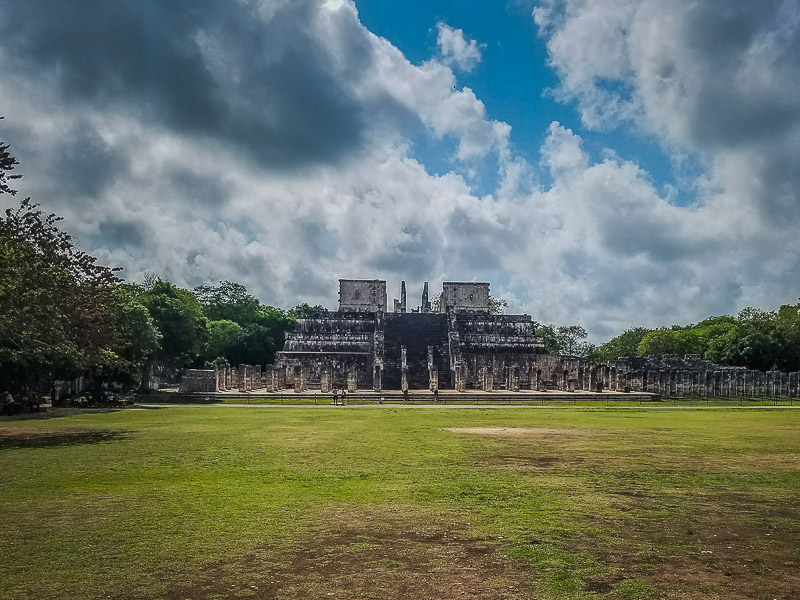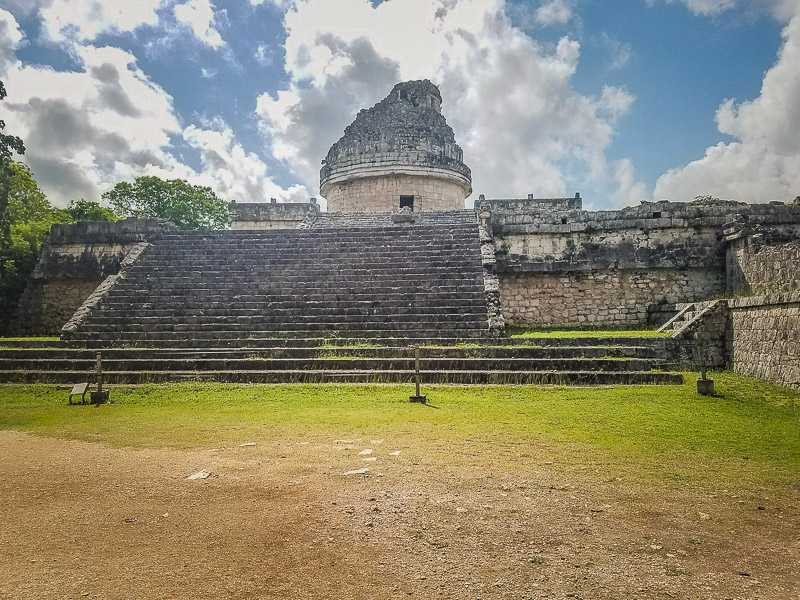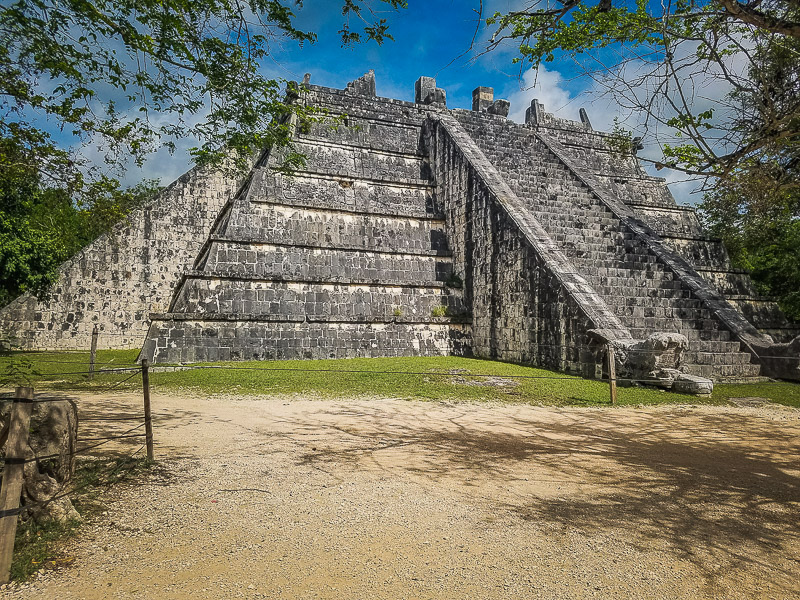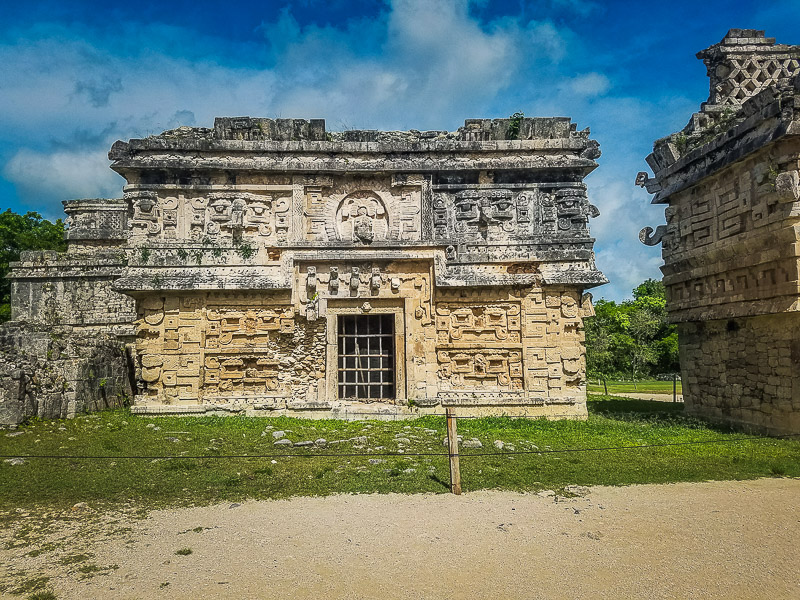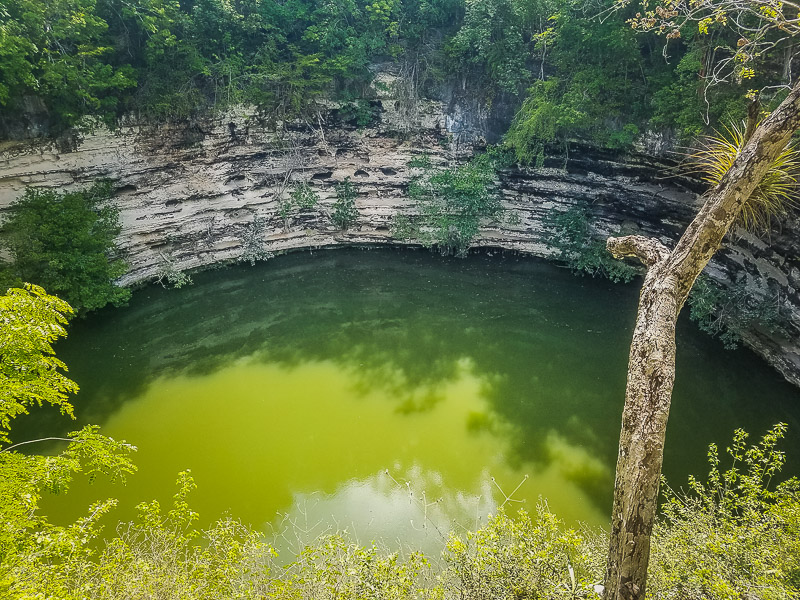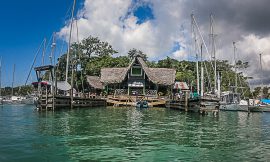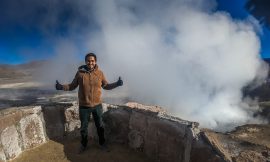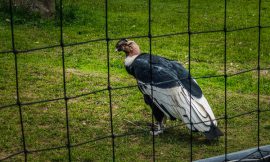Chichen Itza is one of the current Wonders of the World for their meticulously calculated structures. It remains a mystery as to how the Mayans were able to architect and plan such full-featured buildings. The main pyramid Kukulcan not only focuses on the Mayan calendar but also on their spiritual beliefs. The number of steps and sections represent the calendar days and months of a Mayan calendar. The pyramid’s position is also no coincidence. During the two yearly equinoxes, triangular shadows form along the steps giving the appearance of a Mayan god – the feathered serpent – making its way down the pyramid to fertilize the land for a good harvest. The pyramid is also built in such a way that that when you clap near its base, you get a quetzal echo response from the pyramid – a sacred bird to the Mayans. This is not all, the temple at the top of the pyramid also serves to amplify sound for when the leaders addressed their citizens. This awe-inspiring complex is only two and a half hours away from Cancun by bus. I’d recommend going with a tour as it is definitely worth hearing the explanations from a guide.
Another structure with impressive features is the ceremonial ball court. The Mayans used to play a game once a year where the winning team’s captain would be sacrificed for a good harvest. At one end of this ball court, there is a platform with what appears to be six sections separated by pillars where it is hypothesized the guests sat. At the other end is a throne where the emperor would have taken his place. It is important to pay attention to the ball court side walls. The bricks are large near the guests and then get smaller towards the emperor’s throne. This is for sound to travel in that direction so the emperor could listen to his guests’ conversations. However, sound did not travel in the other direction so the guests were oblivious they were being spied on. This is why it is speculated that the guests would have likely been enemies invited to these spiritual ceremonies in ‘good faith’.
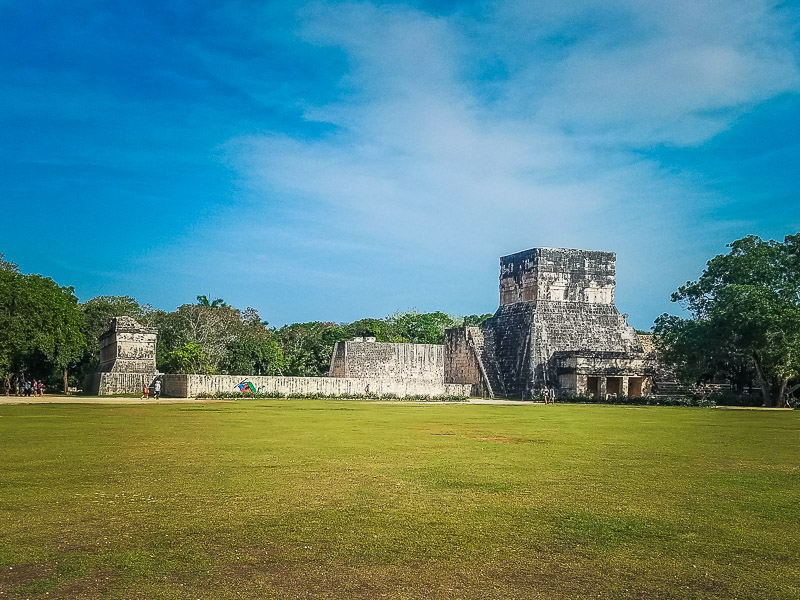

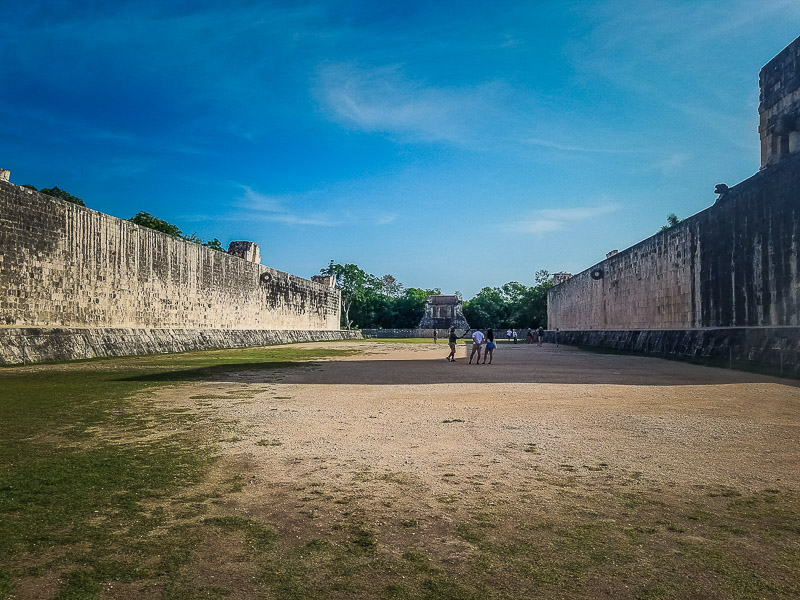

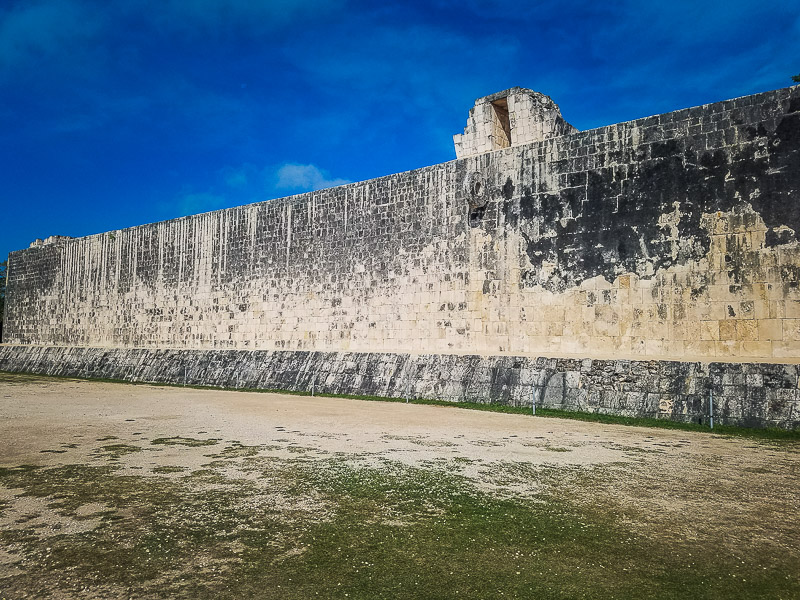



Other highlights in Chichen Itza include the Temple of Warriors. This is where soldiers would visit to make an offering before heading out to battle. The Wall of Skulls is a platform where it is believed that enemies were sacrificed and their heads left on display to inspire fear to visitors. There is also a structure which is akin in appearance to modern observatories. It is assumed that these were used by the Mayans to study the stars. There are also two cenotes, one north and one south of Chichen Itza. The north cenote is about a 15-minute walk away and there are many merchants selling souvenirs on the path which leads there.
